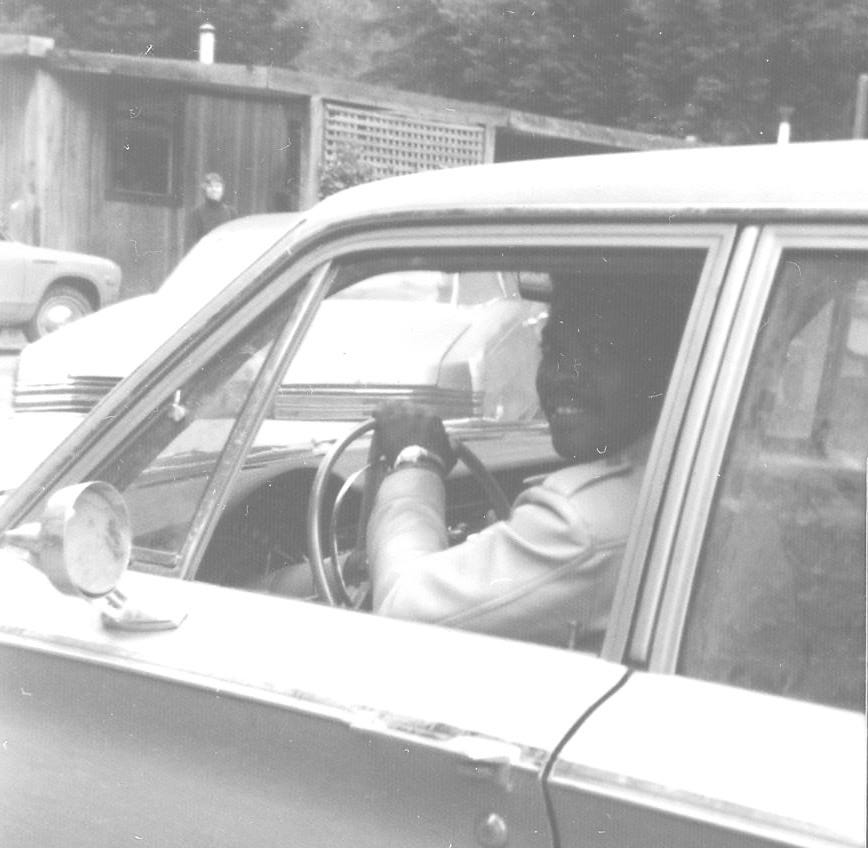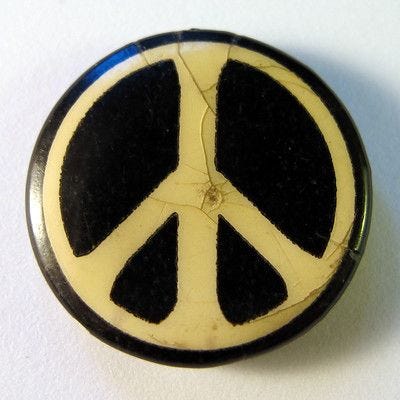In the early 1970s, a period of time when a number of professional musicians resided in town. Booker T. Jones was one such musician, and he bought a parcel of land together with his in-laws, Dick and Charlotte Coolidge.
Dick Coolidge was a fine carpenter. During his first few years in Comptche, they cleared some land and Dick built a redwood home for his daughter Priscilla and her husband Booker and their family, and then one for himself and Charlotte. Even though the Jones and Coolidge family members were popular recording artists, the community was more impressed by Dick Coolidge as a Baptist preacher. His sermons were so engaging he attracted curious hippies.
Not wanting to infringe on the established Wells Sunday School service, Reverend Coolidge held his sermons on Sunday evenings in the Grange Hall. These were popular, attracting old-timers and newcomers alike. Coolidge had a great sense of humor and was a wonderful orator. During his “chalk talks” at the Grange, he sketched nature scenes with pastels on an easel. His wife Charlotte, a tall beautiful woman of Cherokee descent, played the piano beautifully. Entertaining as it was, the Coolidges’ ulterior motive was salvation and conversion of the non-Christian locals.

Both Dick and Charlotte were still living in their Comptche home in 2009 when I was just starting this ethnography. Bob and Jody Evans took me up to their place for a visit and I recorded the conversation. The Coolidges talked about moving to the redwoods from the deep South in the 1970s and Charlotte declared, “When we arrived, Comptche was anything but a church.” And this is true, the table below shows an array of religious beliefs and practices held by residents during the Seventies.
The pagan and earth-based spirituality identified by participants were part of the emerging New Age movement, a syncretic belief system made from other traditions: part Buddhism, Hindu, Native American, astrology, alternative medicine, and other practices.
Although the term “New Age” was not used, my mother was in this category; I would listen to her talk with friends for hours about creating your own reality, death and dying, reincarnation, manifestation, and that karma is a consequence of one’s actions. I came to view New Age spirituality as a smorgasbord of belief systems where practitioners could assemble their own unique blend. The problem, I surmised, was when we pick and choose parts of a system, the more challenging aspects, such as discipline, are easy to leave out.
In 1980, land became available in the center of Comptche. Newcomers to the community, Gayle LeVal and Tyrone Hill, donated four acres of land for the church in the heart of town, and construction began by hand.
The Wells are a prominent old-timer family. In 1935, Earl Wells founded his dental tool plant and he and his wife started a Sunday School. Their son Richard Wells had a large family and his older sons helped work the family’s land.
Dick Coolidge explained how they began to break ground with hand tools.
We were digging in rock. The sun was hot. We were digging and sweating when Richie Wells came up and watched us for a few minutes, and finally said, “You could do that a lot easier with a backhoe.” And I said, “I know that Richie, but we don’t have a backhoe and I don’t have money to rent a backhoe.”
He never said another word; just watched us work, then drove away. In about thirty minutes, we heard machinery coming. It was Richie Wells on his backhoe and following him was his son, Marvin, on another backhoe. Before they day was over, they had completed digging the whole foundation for the building. Then, Richie said, “Where you going to get your concrete?”
The building was constructed in this manner, which defines the way things get accomplished in Comptche: through relationships. People volunteered their time and skills, made lunches, and donated materials and money. This story illustrates how old-timers and the newcomers found common ground by collectively building something meaningful to the community.
There were previous attempts to establish a church for Comptche. In the 1960s, old-timer Charles Mantyla donated two acres of land for this purpose. “They could never decide which denomination it should be, so they agreed to disagree,” explained a respondent, and the two-acre parcel remained undeveloped. The land donated by Mantyla remained undeveloped until 1976, when it was re-dedicated as the home for Comptche’s firehouse.
Like the Blue Rose Tavern building which was re-purposed to house the Comptche School, the fire station was built on land that had been initially designated as the location for a church.
In Comptche, gathering places are important because they support many functions of social life and gathering places represent the structure of the community. The Coolidge-led church construction story is emblematic of the transformation that took place throughout the 1970s.
Up next: The Store and the Post Office
References for this post:
Miller, Timothy, 1991. The Hippies and American Values
Roszak, Theodore ,2009. The Making of and Elder Culture
Spicer, Lisa Gruwell, 2012. Finding Common Ground: When the Hippie Counterculture Immigrated to a Rural Redwood Community.








